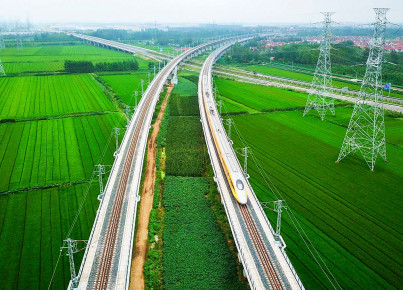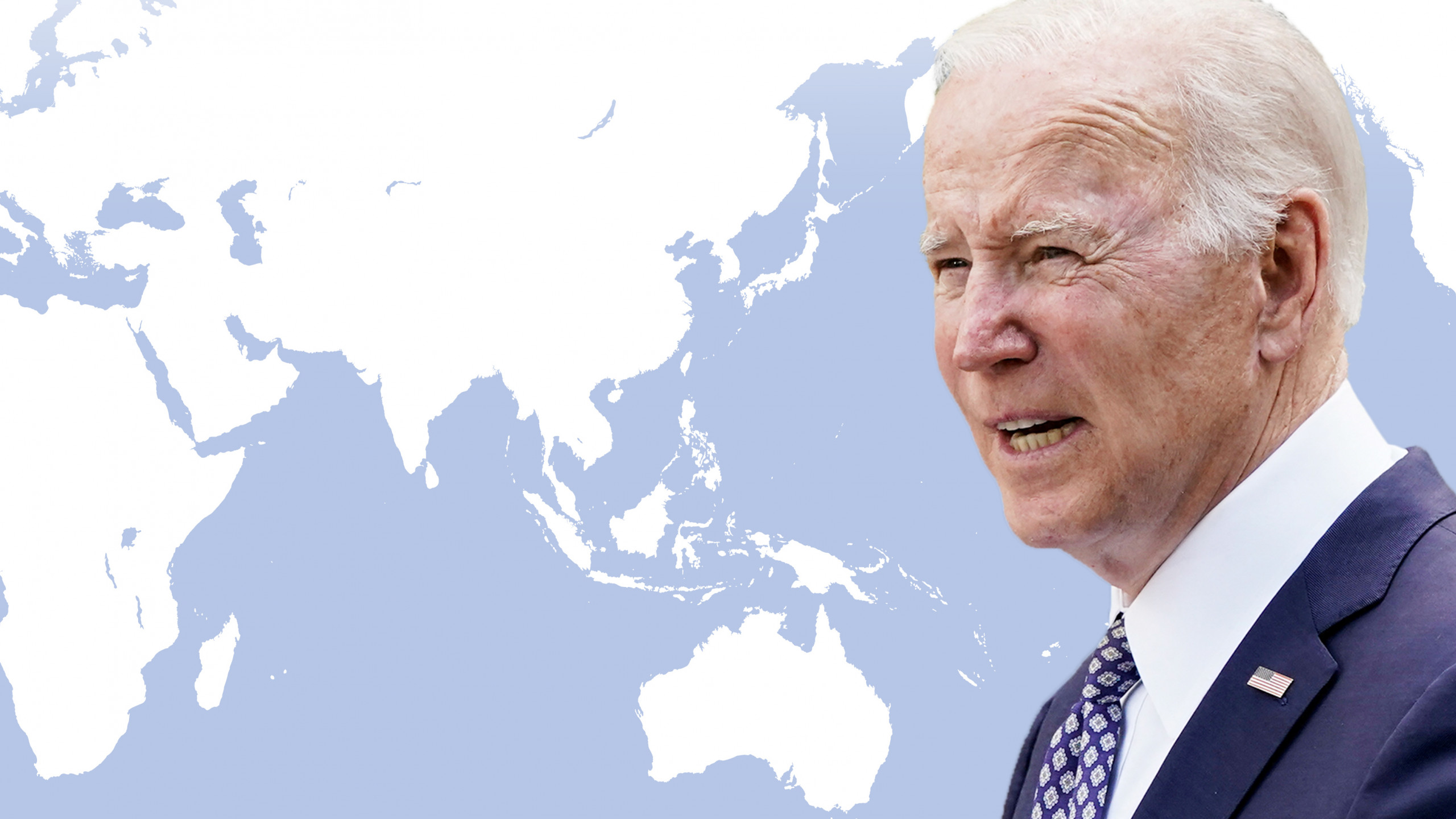The RCEP is the world’s largest free trade agreement. What will be the economic benefits for Southeast Asia?
A report published recently by the United Nations Conference on Trade and Development (UNCTAD) argues that the implementation of the Regional Comprehensive Economic Partnership (RCEP) could be harmful to many participating states. This report states that the ASEAN countries’ balance of trade could be affected as a result of the RCEP ratification, since their imports of goods to other countries participating in the agreement will be greater than their exports. This is particularly true for China that -thanks to its efficient export capacity- could benefit most from trade diversion. According to Deborah Elms, Executive Director of the Asian Trade Center in Singapore, the conclusions drawn from this report are most likely wrong. By participating in the world’s largest free trade agreement (FTA), ASEAN will experience a new economic boost.
An inadequate model often results in poor judgments about the impact of trade agreements. Elms notes that it is very complicated to obtain valid estimates of the impact of any trade agreement. The simplest element to evaluate in a FTA is the reduction in tariff rates. All FTAs aim to lower tariff rates at the border in order to provide benefits to member States and reduce costs. A reduction in tariffs rates should stimulate greater trade flows. However, not all goods are eligible for tariff cuts, which must be designed to meet the criteria of each trade agreement and include sufficient content from participating countries. Even if a product is eligible, companies have to apply for lower tariff rates since the FTA preferences are not automatically granted. As a result, no FTA has ever achieved full tariff liberalisation, in which free or discounted tariffs are granted to all goods entering the country.
Economic models are usually also based on existing trade profiles. Thus, in order to analyse the economic impact of tariff reduction and elimination, a model starts from the existing trade information. However, a key point of a FTA is to provide new opportunities for trade and to improve existing trade agreements or frameworks. Therefore, the new trade flows generated by the RCEP will not be seen in the economic models of the existing FTAs, as reported in the UNCTAD report, as they are new and will only affect trade later.
Determining the economic impact of the RCEP, like any FTA, continues Elms, also depends on other existing conditions. Asian governments, including ASEAN members, have been enthusiastic participants in FTAs. The RCEP itself was built on the basis of five pre-existing ASEAN+1 trade agreements. In fact, the region joins many different types of agreements, from bilateral commitments to large regional agreements. The benefits of the RCEP, even if only assessing tariff reductions, depend on the comparison of the RCEP with the other existing trade agreements. Companies could already benefit from duty-free access for their products under other FTAs, such as the one between ASEAN and China. Economic models that look at RCEP by isolating it from other processes, as the UNCTAD study did, struggle to grasp this level of complexity.
Furthermore, all FTAs include phased commitments. Tariff cuts are not granted immediately to all product categories but adapted over time. Elms points out that comparing the benefits of the FTA with the commitments of the RCEP requires careful consideration of timing. On the first day it comes into force, the RCEP may not be comparable to the benefits of existing FTAs, but after the tariffs are fully implemented the differences could be significant.
In addition, the RCEP, as well as other global FTAs, includes more than just tariff reductions. Changes in customs procedures may have an even wider impact on companies, as the cost of delays at the border can be quite high, affecting returns much more than changing a tariff rate. The commitment to transfer commercial documentation online or clear cargo within six hours could end up being the most significant element of the RCEP for many companies. The services and specifically the investment commitments included in the RCEP are substantial, but difficult to show through economic models.
According to Elms, the reduction in tariffs on goods, which benefits China, is often overestimated, while the reduction of barriers affecting services, in favour of ASEAN, is dismissed too quickly. Excluding the analysis of these aspects of the agreement does not give a full picture of the overall benefits provided by the RCEP. It seems clear -Elms concludes- that the RCEP will offer significant economic benefits to member States, which will be appreciated even more by companies.






